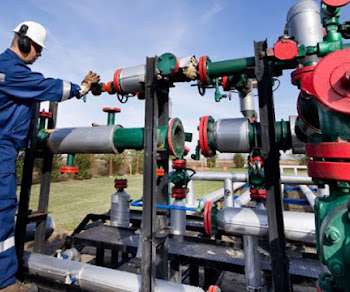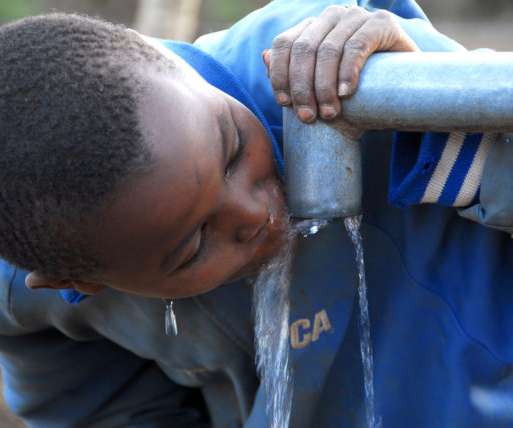EQB Adopts Part I Of Final Regulation Reducing Oil & Gas VOC/Methane Emissions; DEP Documents 80% Of Methane Emissions Come From Conventional Oil & Gas Facilities
PA Environment Daily
JUNE 14, 2022
Krishnan Ramamurthy, DEP Deputy Secretary for Waste, Air, Radiation and Remediation, explained it this way-- “Conventional wells [were] pretty much exempted from any permitting requirements, regulatory requirements. For the first time we are addressing those. The Preamble to the revised rulemaking says “.













Let's personalize your content